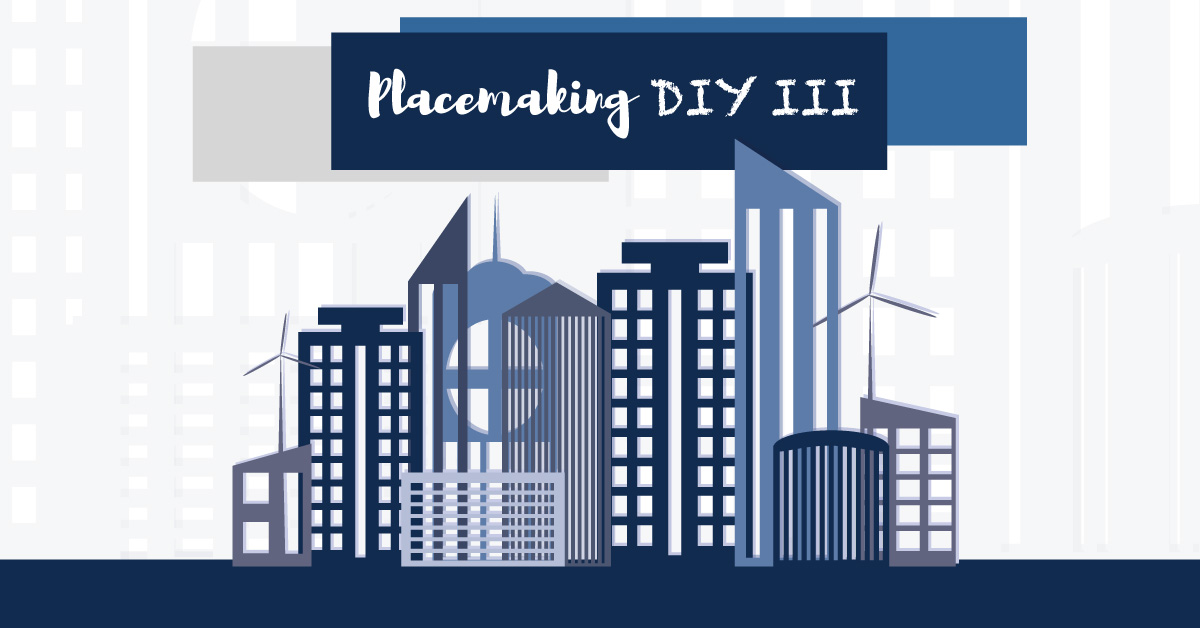
In this final edition of Placemaking DIYs, I focus on new solutions to old problems. Indeed place provides an important vehicle to address problems, often entrenched, in various aspects of our lives. With a little creativity and a slight shift of the place kaleidoscope, new and innovative solutions can present themselves.
Hug What You Love
A few years back, St. Louis was embarking on a strategic planning process and noticed that even from the outset, the conversation was very deficit-driven. “We need to fix this.” “This a real problem.” These statements predominated the early conversation. So already at the beginning of planning for the future, folks were feeling perhaps a bit defeated before they even started. Until a counterargument emerged that pointed out that there were lots of great things about St. Louis and those things couldn’t be lost in the conversation in visioning the future. So St. Louis GroupHug was born.
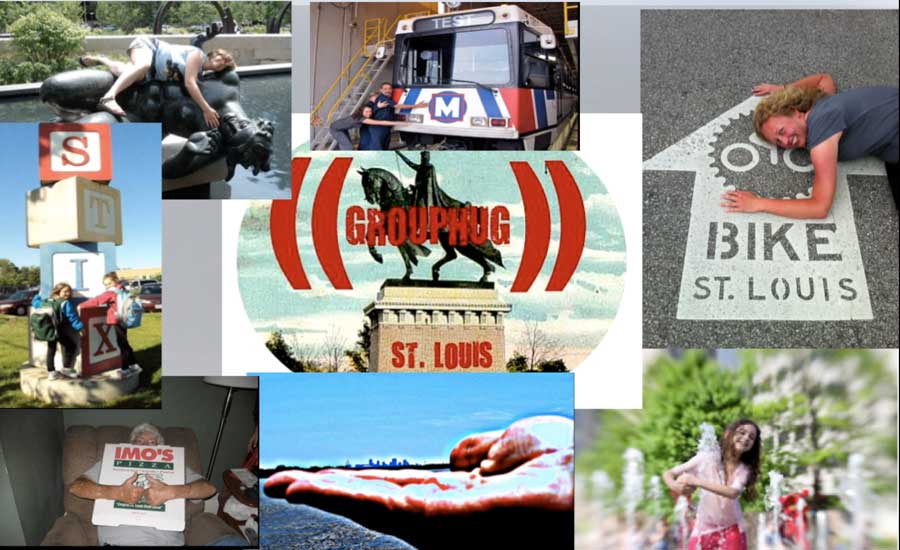
Residents were encouraged to “hug what you love about St. Louis and post it” to a designated site. These pictures were then exhibited around the community and the favorite was voted on. (The lady “hugging” the bike lane won.) But this hit an important reset button for changing the initial conversation of future planning from deficit-based to strength-based which, in turn, created more engagement in the process (often a chronic issue for places).
Let the Love Grow
Urban community gardens are not a new idea. But I think we can sometimes fail to see the systemic impact they can have. Take for example the Camden Street Learning Garden. This program, as many urban community gardens, was established to do something about vacant lots, dearth of fruit and vegetable access, isolation of people from place, while teaching marketable skills and instilling greater pride in place.
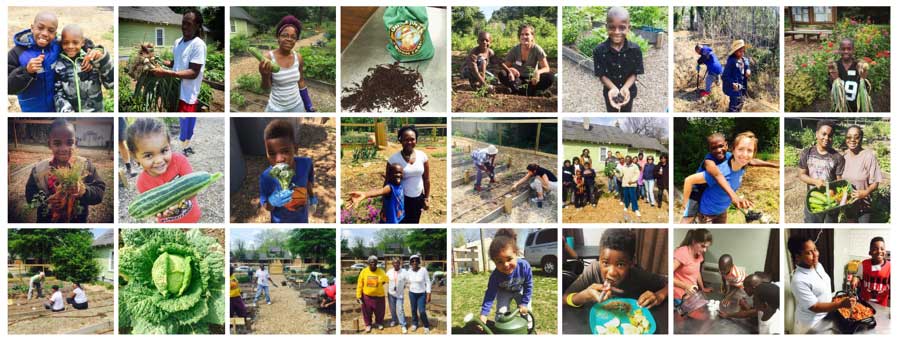
Today many residents are proud graduates of the Seeds to Supper course taught by the local Master Gardeners and the garden serves as a positive gathering place in the community where people can receive locally grown produce. It has turned what was once a vacant lot into a model of environmental stewardship, learning, and social cohesion.
Planes, Trains and…Kayaks?
Lately, we are also seeing more innovative transportation problem-solvers. Carpool lanes, biking to work, and public transportation are nothing new. But how about taking advantage of nearby waterways and kayaking to work or skating to work?
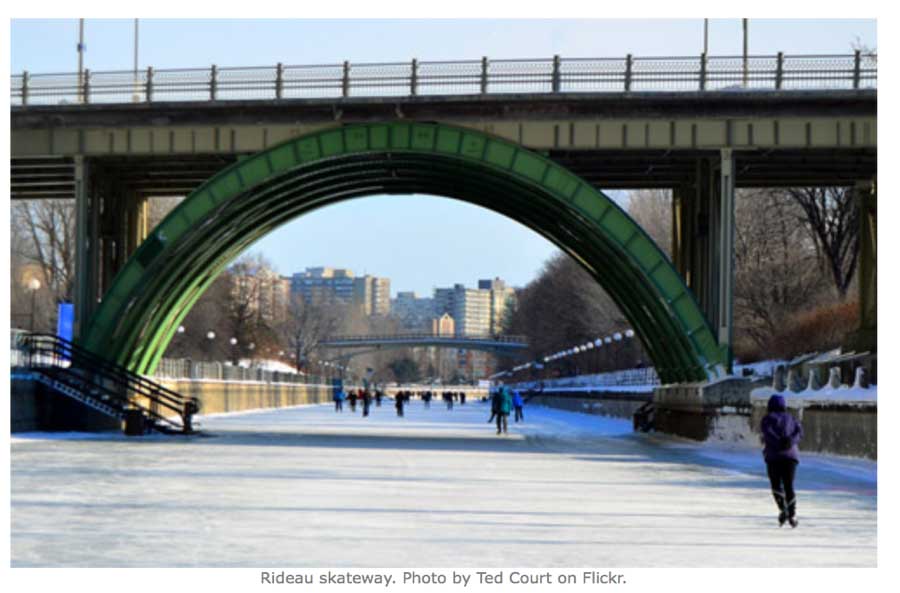
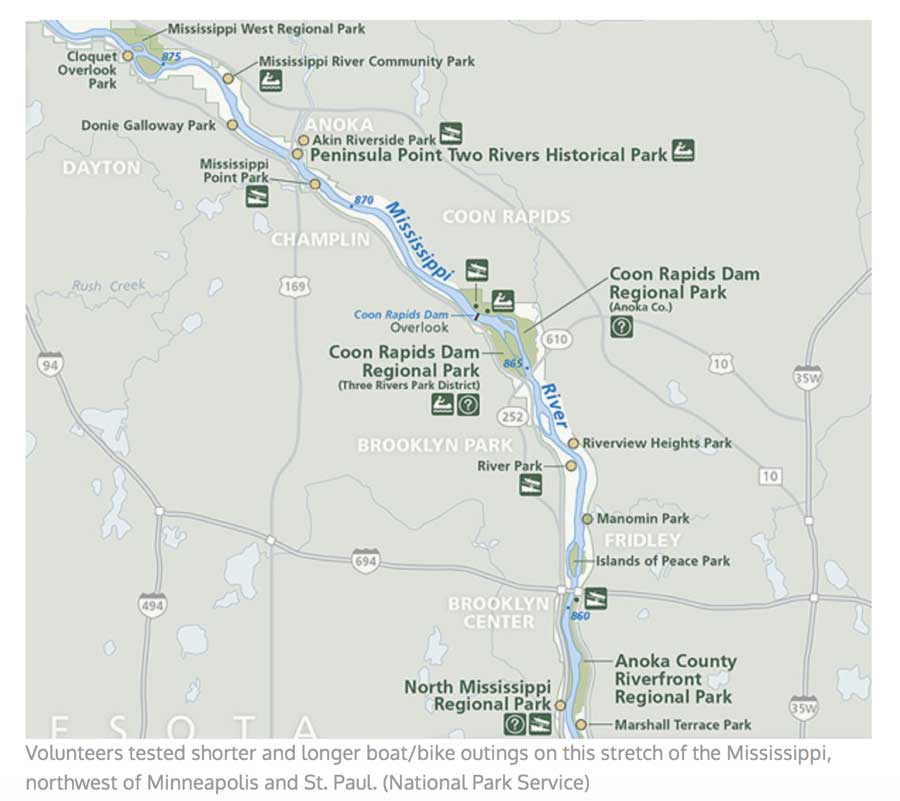
Indeed, I’ve done the Ottawa shuffle with the best of them, but we have to remember that water is a year-round mode of transport. Finding new ways to use (and enjoy) our place effectively can not only solve old problems, but also bring us closer to the place as we learn to appreciate it even more.
Digging for Innovation
Finding new ways to tell our narrative as a place is a frequent topic of conversation these days. What’s our place brand? Our competitive advantage? And I have been among those working on those issues on-the-ground in places. So I’m always on the lookout for new ways to do that effectively. If you are a subscriber, you already know about my work in the original production, “Finding Patience: The Story of Holly Springs.” In a previous blog, I’ve mentioned the burgeoning Graveyard Gardeners program in Raleigh’s Historic Oakwood Cemetery. The Raleigh program is actually a replication of a program in Philadelphia.
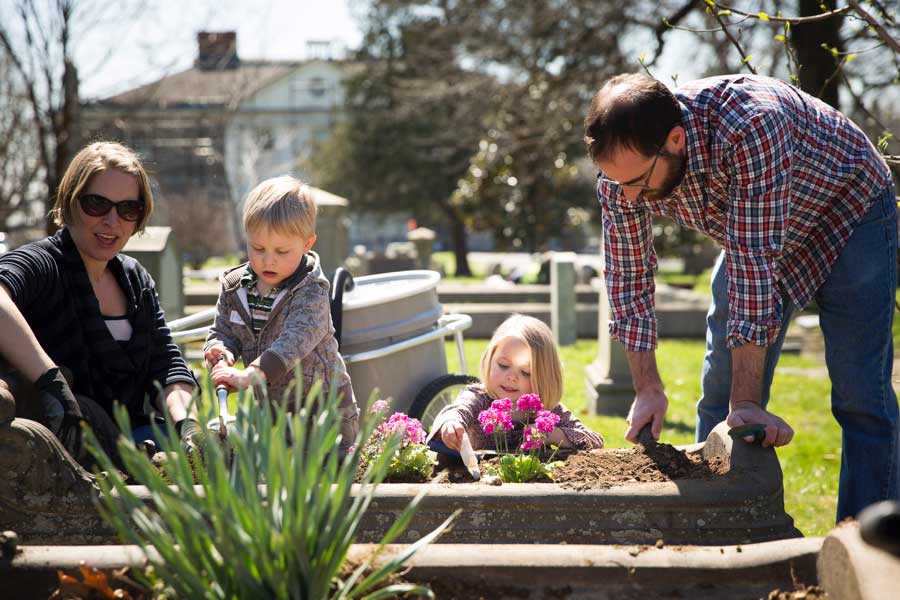
What a great way to learn about the individual histories of people who were in your place before you and the contribution they made to making it what it is. It also provides a great family-friendly community service activity, while ensuring that historic spaces are maintained and well-cared for.
What’s Old Can Be New
And lastly, in wrapping up the Placemaking DIY series, I have to give a shout-out to another of my favorites. Often, when I work in places, I see the constant push and pull between development and preservation that can truly immobilize places: “This is part of our history and we must hold on to it no matter what.” “We have to continue to grow and evolve and this is just too expensive to maintain.” I get both sides. What’s at the heart of the conflict is a fear of loss of place versus a fear of stagnation and stunted economic development. That’s why I’m increasingly a fan of the salvage industry and the third option it provides in these conversations.
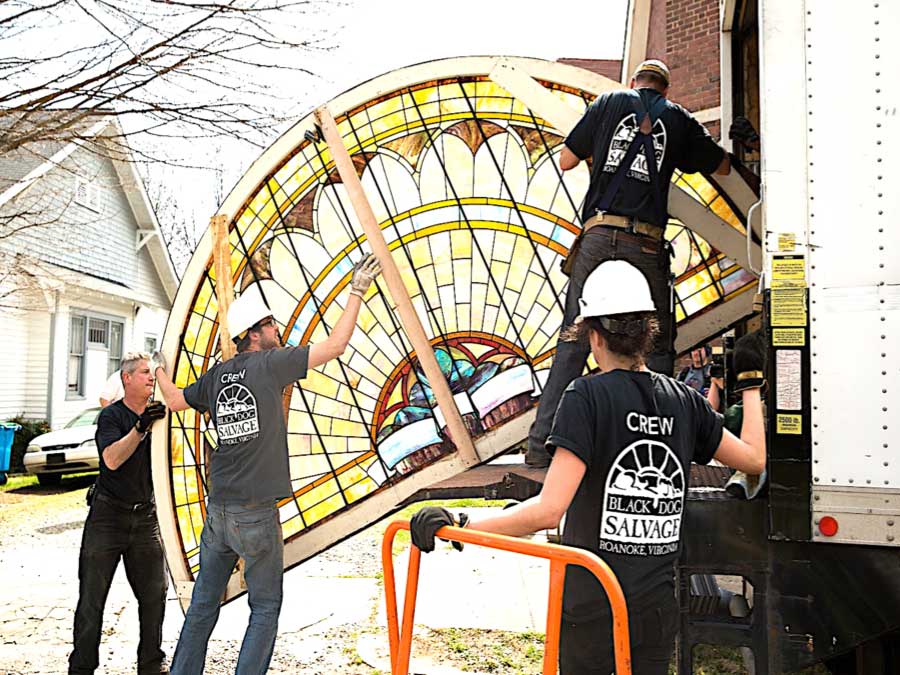
Black Dog Salvage, pictured above and also stars of the very popular show on the DIY Network, Salvage Dawgs, is a field leader in this important work. Proper salvage allows you to save the specific things that make the structure meaningful for display or repurpose. Not only does it provide the needed third option for places, it also provides a new opportunity for the meaningful elements and symbols of a place to be seen and appreciated by the larger community. It is also a powerful tool in translating place narrative and brand. In essence, these guys allow places do to both: honor their history while enabling them to move forward. In my opinion, they are among the placemakers’ (and place leadership’s and developers’) best friends. But doing this work often requires expertise and technical training, so not something we can all go DIY, but certainly learn to appreciate, support, and turn to when places finding themselves at the development crossroads. Which is inevitable today.

Informative and entertaining… ascalways